How Olive Oil Is Made In California
Extra virgin olive oil is a staple in California kitchens, but have you ever wondered how exactly olive oil is made? If you’ve ever plucked an olive straight from the tree, you know it’s nothing like the golden liquid that flavors so many of our favorite dishes.
We caught up with fourth generation farmer, Rolland Rosenthal, who walked us through the process involved in the production of extra virgin olive oil.
How long is the growing season?
Olive growing is a year-round endeavor. While many crops have a bit of a lull between fall harvest and the start of the next season, olive farmers do not have that luxury. The new olive season begins the day after harvest, with an application of an organic copper solution that seals up any wounds from the mechanical harvester. After that, Rosenthal reduces the orchard’s watering schedule to help harden off the trees for winter. This helps them to survive any freezes.
When spring rolls around, irrigation resumes and nutrients are applied to encourage growth. Bloom typically takes place in late April to early May, depending on temperatures. After the flowers have dropped, trees are pruned. Olive farmers prune in the summer time because this reduces the risk of diseases getting into the cuts made on the tree.
Freshly pruned trees are treated to another round of irrigation and nutrient application. After that, the water is pulled back, which allows oil to start building in the olives. Once the olives have reached 18-20% fat, the crop is harvested, bringing the growing cycle full circle.
How are olives harvested?
Harvest is an intense time in the orchard with farmers and farmworkers pulling 22 hour days, sometimes even longer! Rosenthal practices super high density planting in his orchards. While a standard olive orchard is planted 20 feet by 20 feet, a high density orchard is planted 5 feet by 12 feet. A super high density orchard bears more visual similarities to a vineyard than a traditional orchard. The trees are crowded, resembling a hedge row, which facilitates mechanical harvesting.
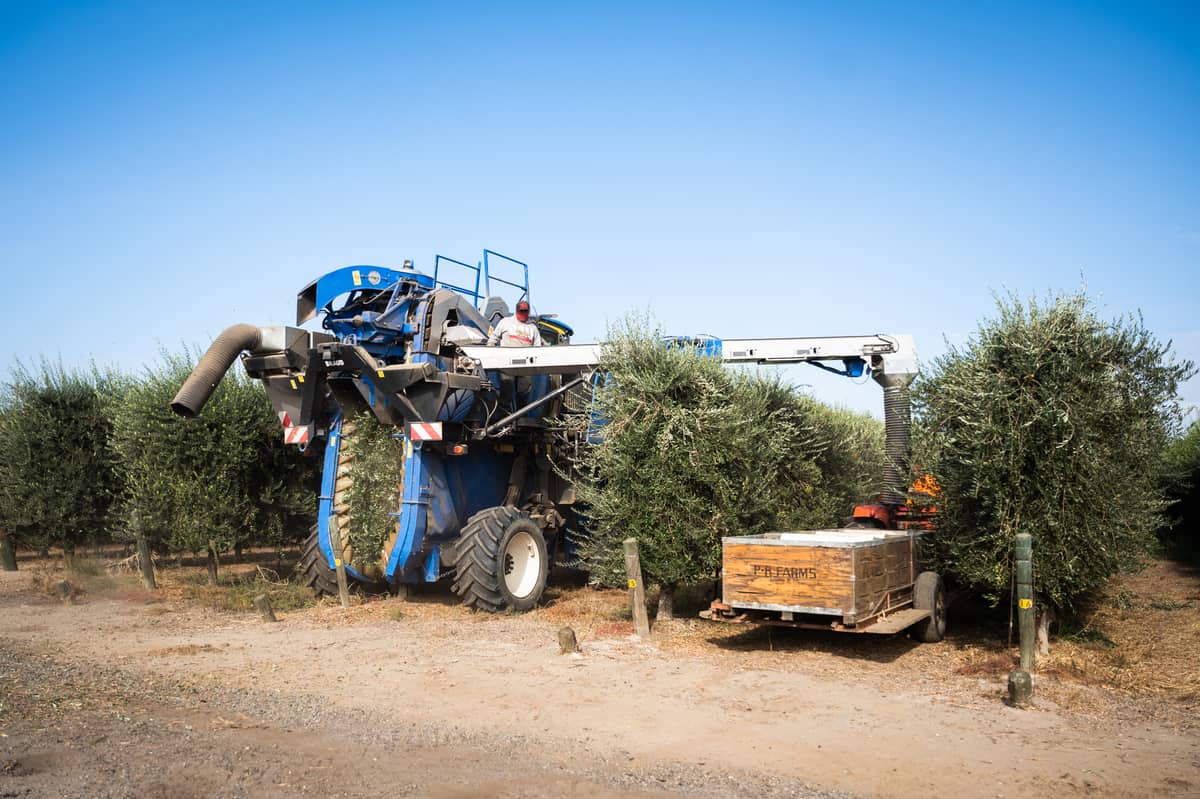
Harvesting is done with heavy machinery that straddles the rows, beating both sides of the tree with metal rods to knock off the fruit as it moves down each row. When the olives fall from the tree, they are collected in the harvester.
A conveying system them transports the olives to the top of the machine and over to a gondola (a tractor with an attached trailer). The gondola ferries the olives out of the fields and into the trucks, which then transports the crop to the mill.
How is olive oil made?
Once the olives arrive at the mill, a crane is used to dump the contents of the trunk into a hopper.
From here, the fruit is conveyed up on to a vibratory grid that sorts the olives. Fruit falls through the grid to the lower level while larger sticks and twigs remain on the top level.
The olives that fell through to the lower level are then photo sorted. Any remaining plant materials (leaves or “mummies”, olives remaining from last years harvest) are identified by color and eliminated.
Olives that pass photo sorting are washed with fresh water and then crushed. If Rosenthal is creating any specialty flavored oils, like Meyer Lemon, the fruit is added in at this time. Crushing the olives results in a paste, exposing the oil to the flavors of the olive flesh. This paste is stirred and lightly heated for approximately 45 minutes, helping the oil to assume the flavors of the olive.
Once this process is completed, the paste is decanted, and the oil is separated from any solids or waters. The resulting product is then polished, a process that removes any remaining sediment.
Finally, the olive oil is sent to a holding tank and ready for bottling. Olives are milled and storage tanks are filled with fresh oil within 3-4 hours of harvest. Rosenthal Ranch grows three different varieties of olives. Each variety has different flavor profiles, and Rosenthal blends the resulting oils together to create the final product.
How do you know that California Olive Oil is a premium product?
California Olive Oil growers and processors are committed to producing a superior product. Before any California Extra Virgin Olive Oil (EVOO) ever hits the shelves of your favorite grocery store, it is subject to a rigorous testing and labeling process. The oil is required to pass various chemical tests, and then is presented to a special tasting panel. These experts are looking for taste defects or any unwanted flavors. Only olive oil that meets these extremely high standards can be labeled extra virgin olive oil.
What about the bottling process?
When it’s time to bottle, Rosenthal tackles this chore in house. Bottles are placed on the line manually. Each bottle is rinsed to remove any packaging dust and then shot with nitrogen to eliminate any oxygen from the bottle before moving to the filling turret. A small cane fits into the bottle and fills it with olive oil from the bottom up. Before the cap is put on, each bottle is given one last shot of nitrogen to remove any remaining oxygen that would cause to product to spoil. Once the bottles are sealed, they are labeled. Every bottle is given a front and back label and a harvest date. Rosenthal recommends opening California Olive Oil within two years of the harvest date. Once the bottle is opened, the product will retain peak freshness for three to six months.
If you enjoyed this video, be sure to subscribe out our YouTube channel for more farm videos and California Grown goodness!
Learn more about Rosenthal Olive Ranch here, you can order their products online here.
FAQ About Olive Oil!
Extra Virgin Olive Oil. Despite the fact that olive oil has a higher smoke point, EVOO has been proven to be the safest, most stable option for home chefs. The antioxidants in EVOO are believed to contribute to its high stability when heated. And no, they don’t burn off. Studies have shown that Extra Virgin Olive Oil retained most of its nutritional benefits after 36 hours at a temperature of 365 degrees!
U.S. Extra Virgin Olive Oil for oil with excellent flavor and odor and free fatty acid content of not more than 0.8 g per 100 g (0.8%); Certified California EVOO must also pass a sensory analysis by a group of experts, called an organoleptic panel evaluation.
U.S. Virgin Olive Oil for oil with reasonably good flavor and odor and free fatty acid content of not more than 2 g per 100 g (2%);
U.S. Olive Oil is a mixture of virgin and refined oils;
U.S. Refined Olive Oil is an oil made from refined oils with some restrictions on the processing.
By definition, olive oil should be free from any additives. DYK that EVOO is the only food on the planet whose classification relies on the results of a human taste test? Tasters are trained to look for taste defects or unwanted flavor. Any additives would make this subtle determination impossible.
Olive Oil is always in season in California! Other year round crops in the Golden State include wine, nuts, tomatoes, honey, strawberries and dried fruit! Hungry yet? Check out our “Always in Season” recipe round up!
Rosenthal recommends opening California Olive Oil within two years of the harvest date. Once the bottle is opened, the product will retain peak freshness for three to six months.
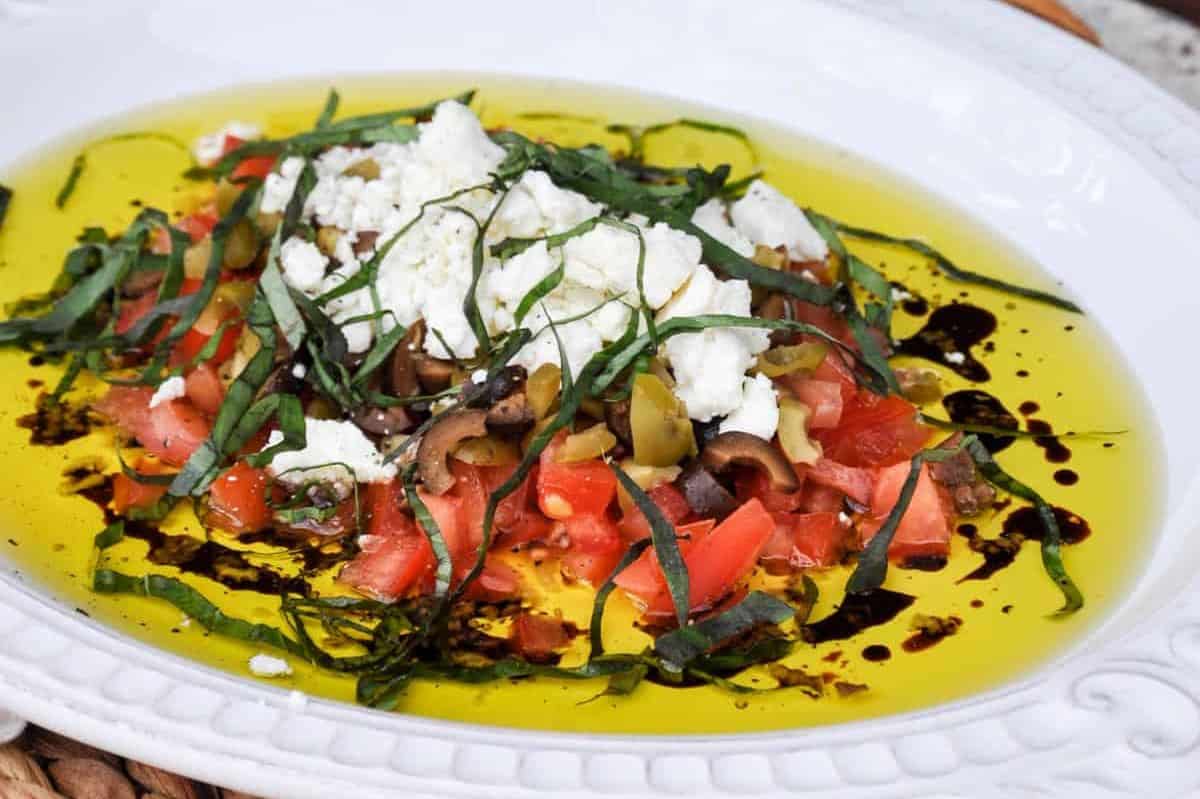
Now, make our Chunky Olive Oil Dip –get the recipe here!
Article by Hilary Rance. Photography courtesy of James Collier.
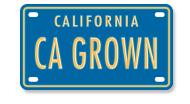
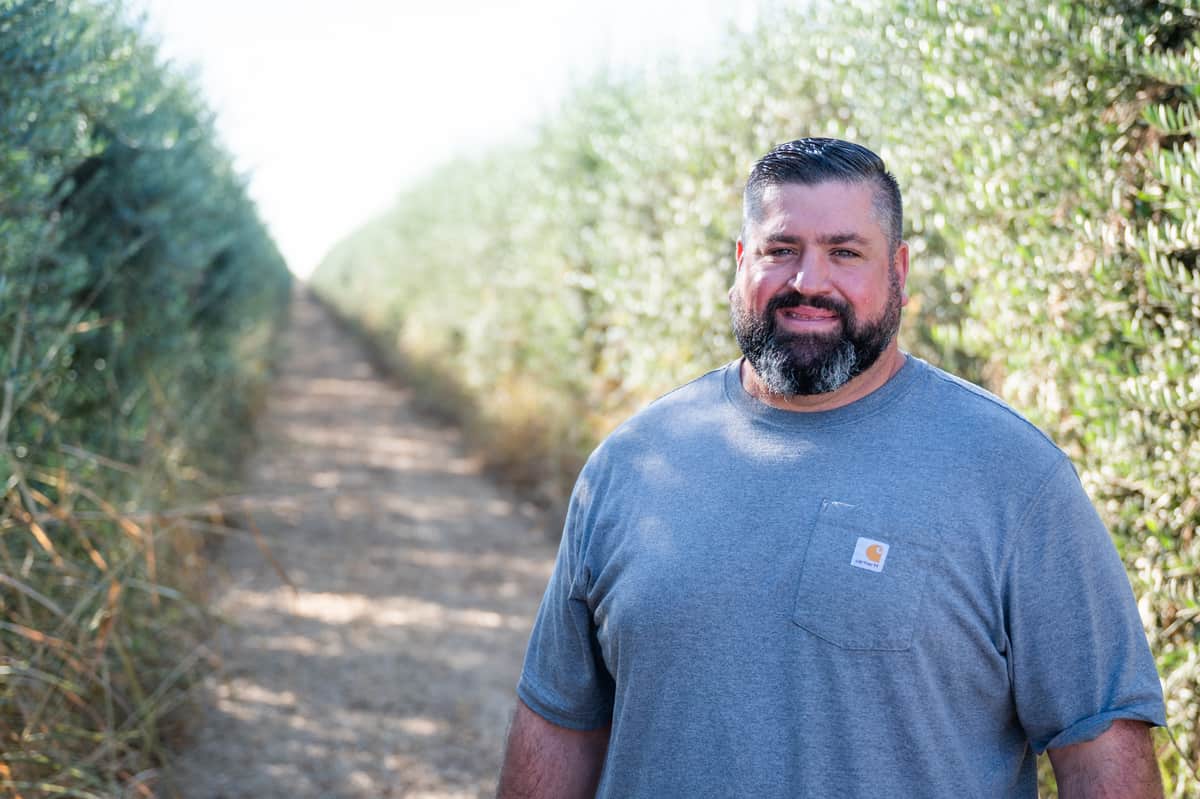
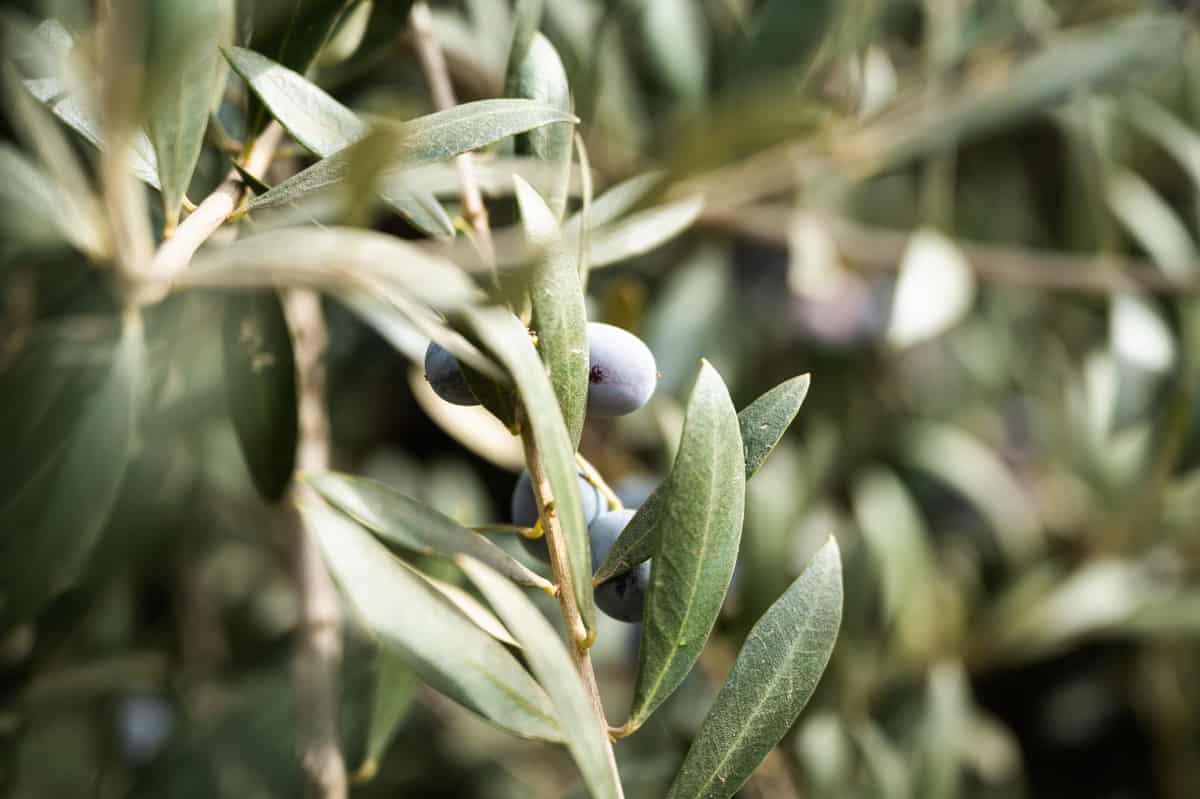
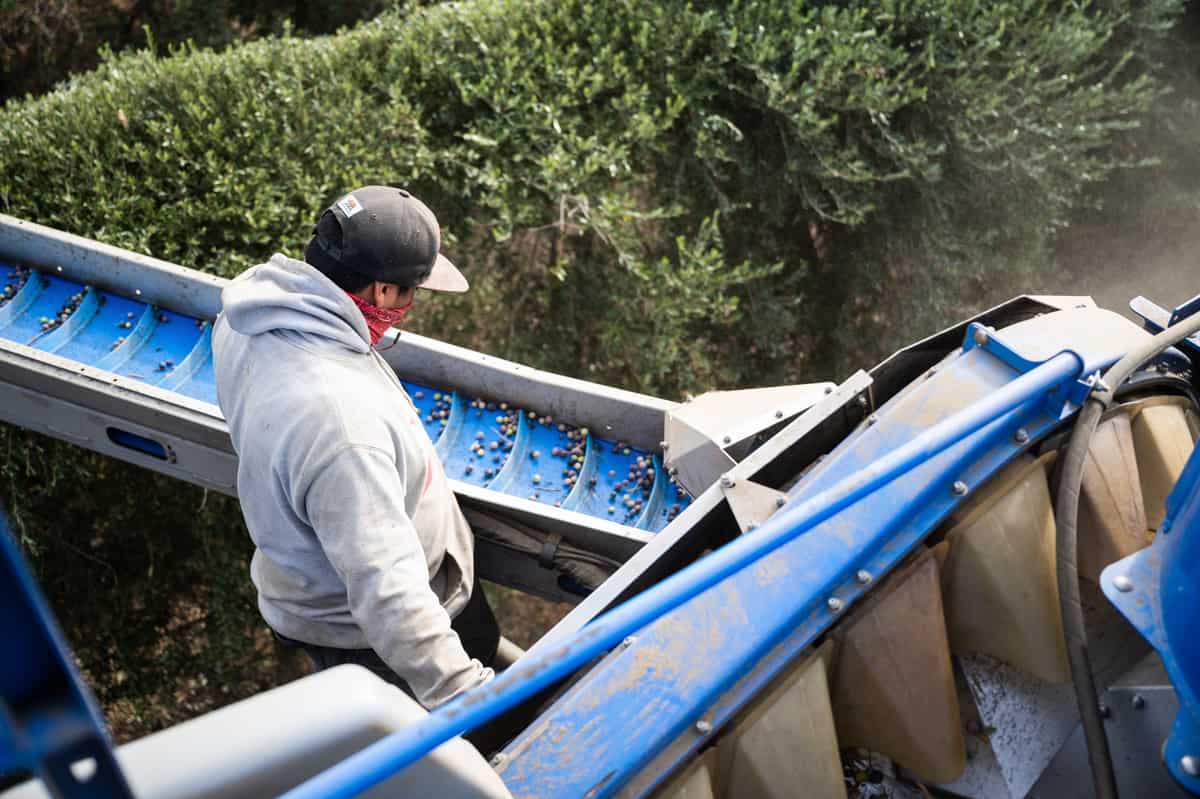
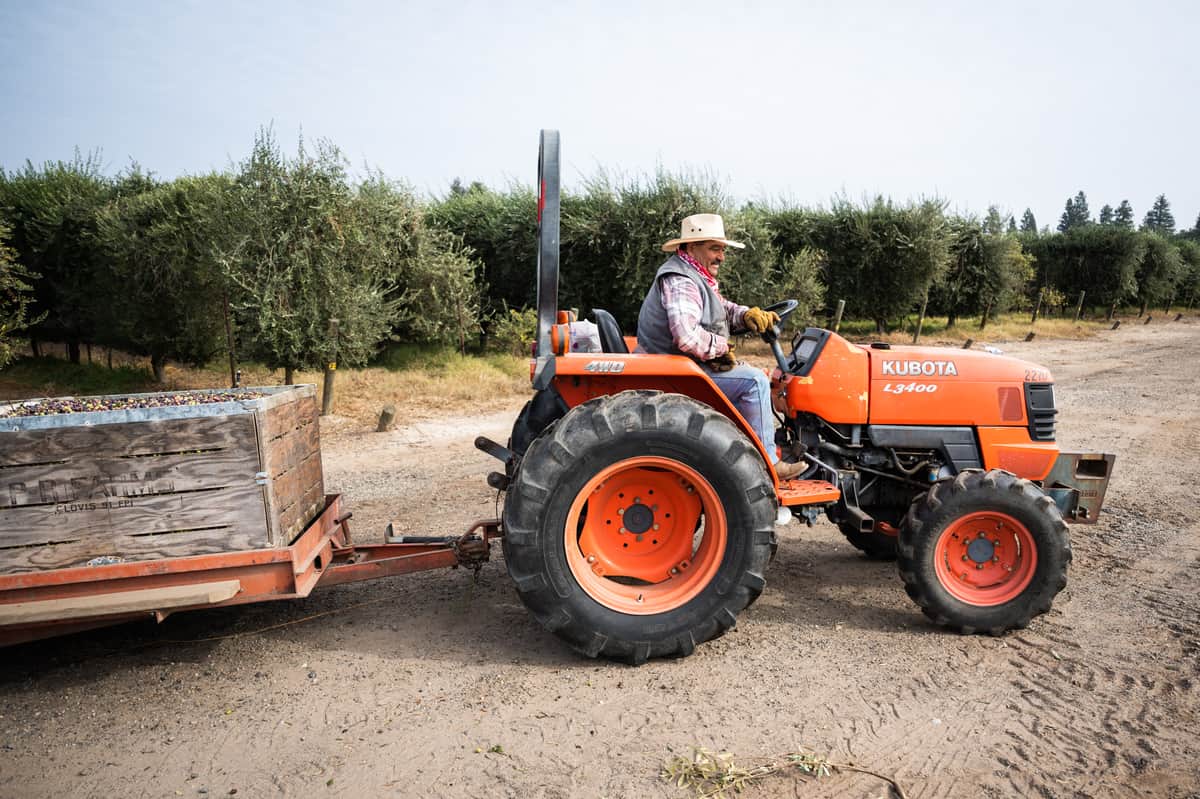
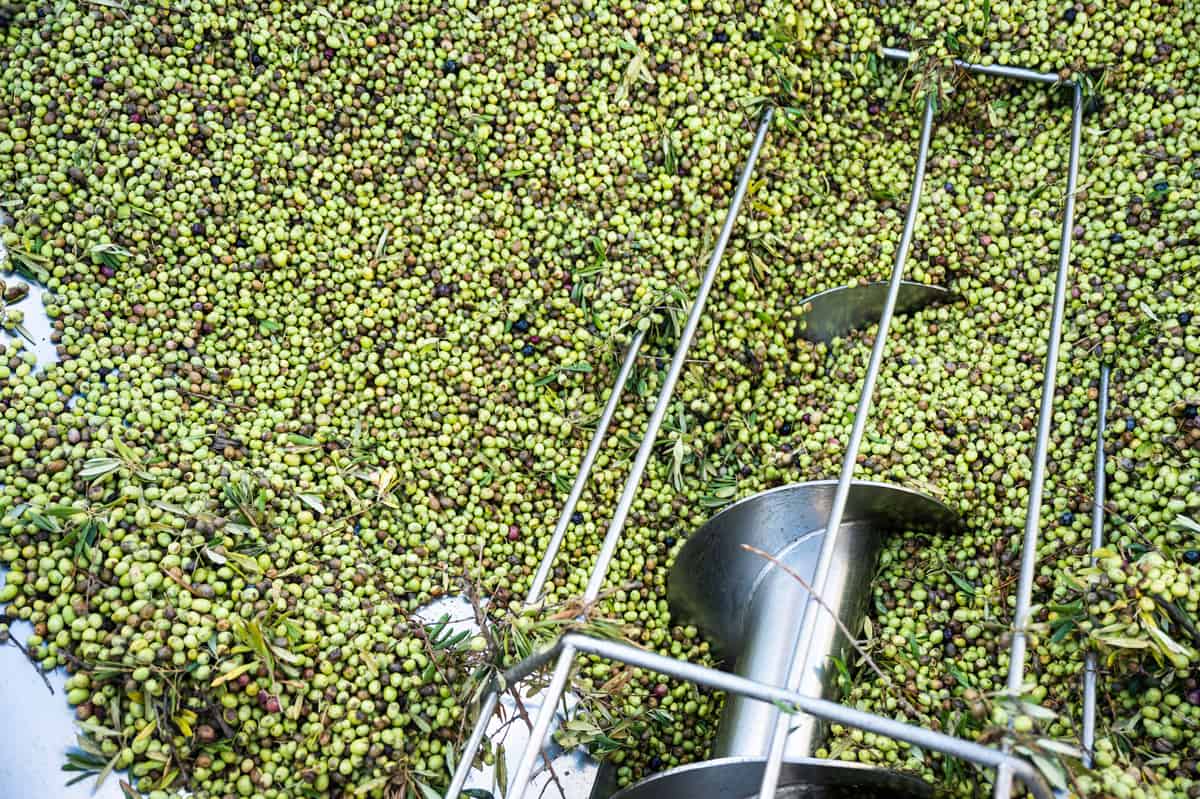
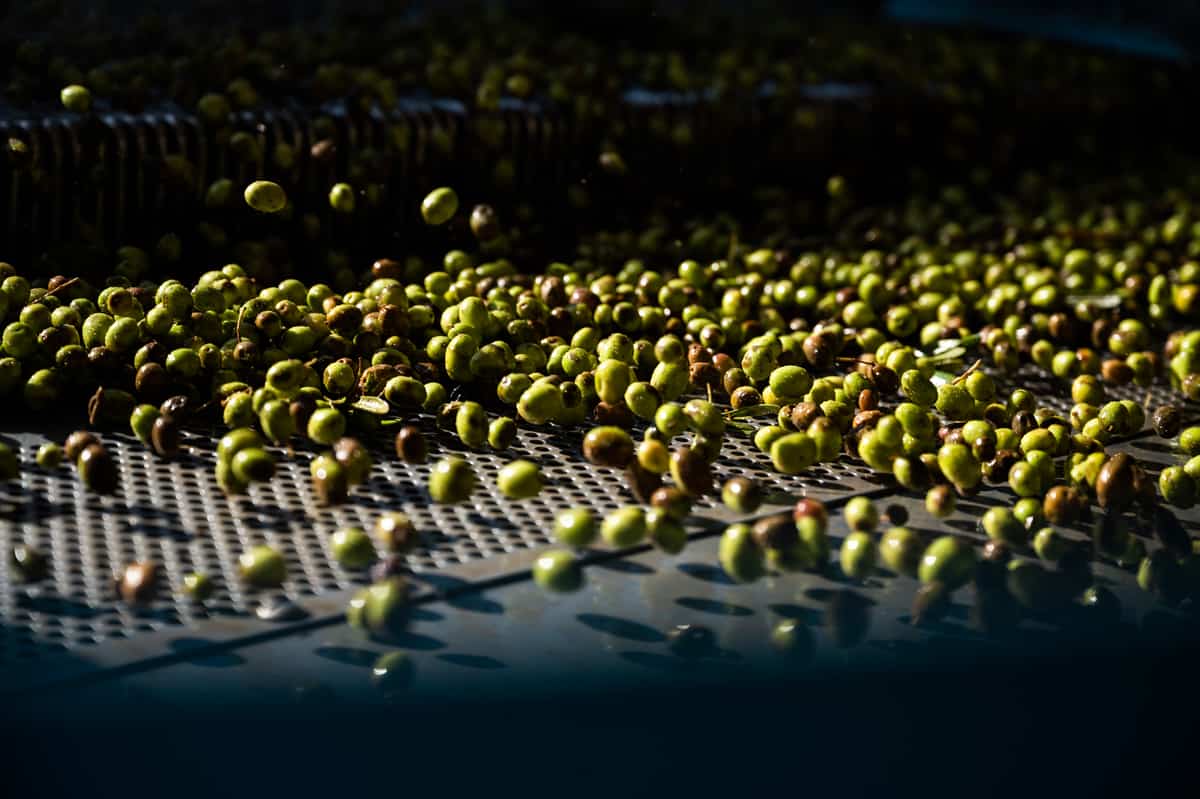
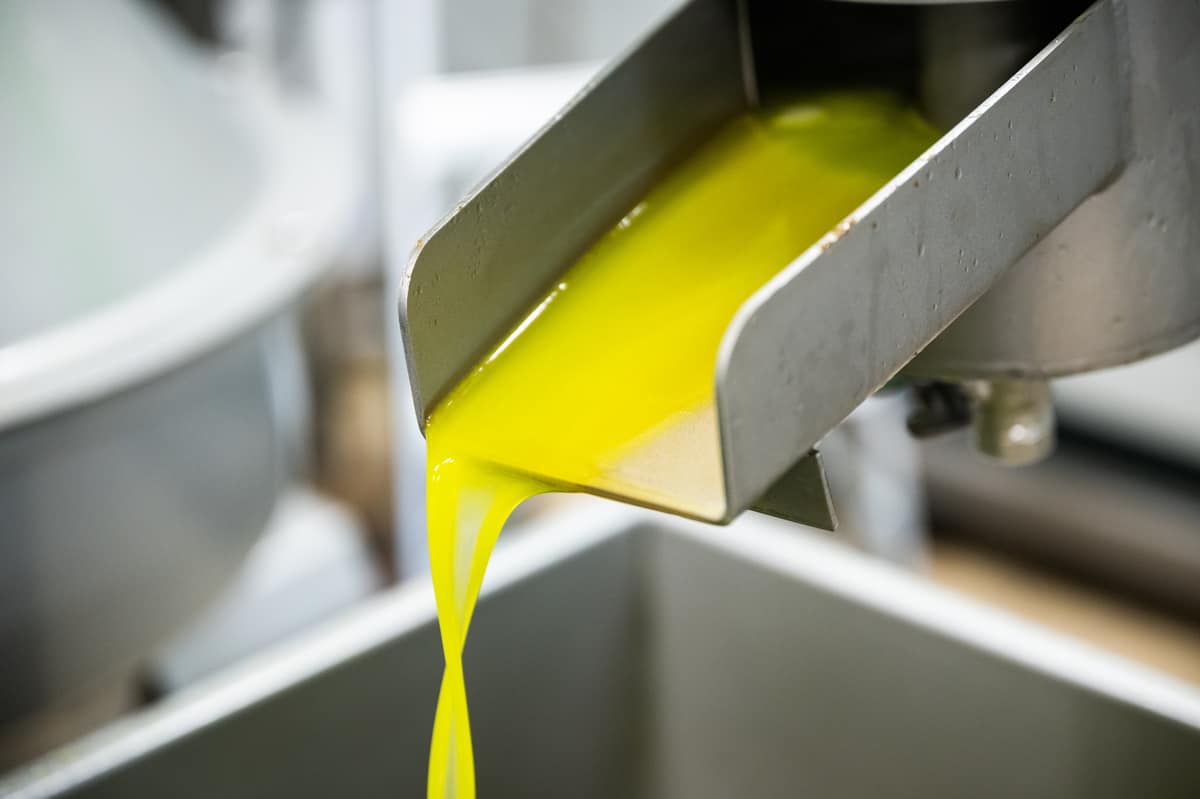
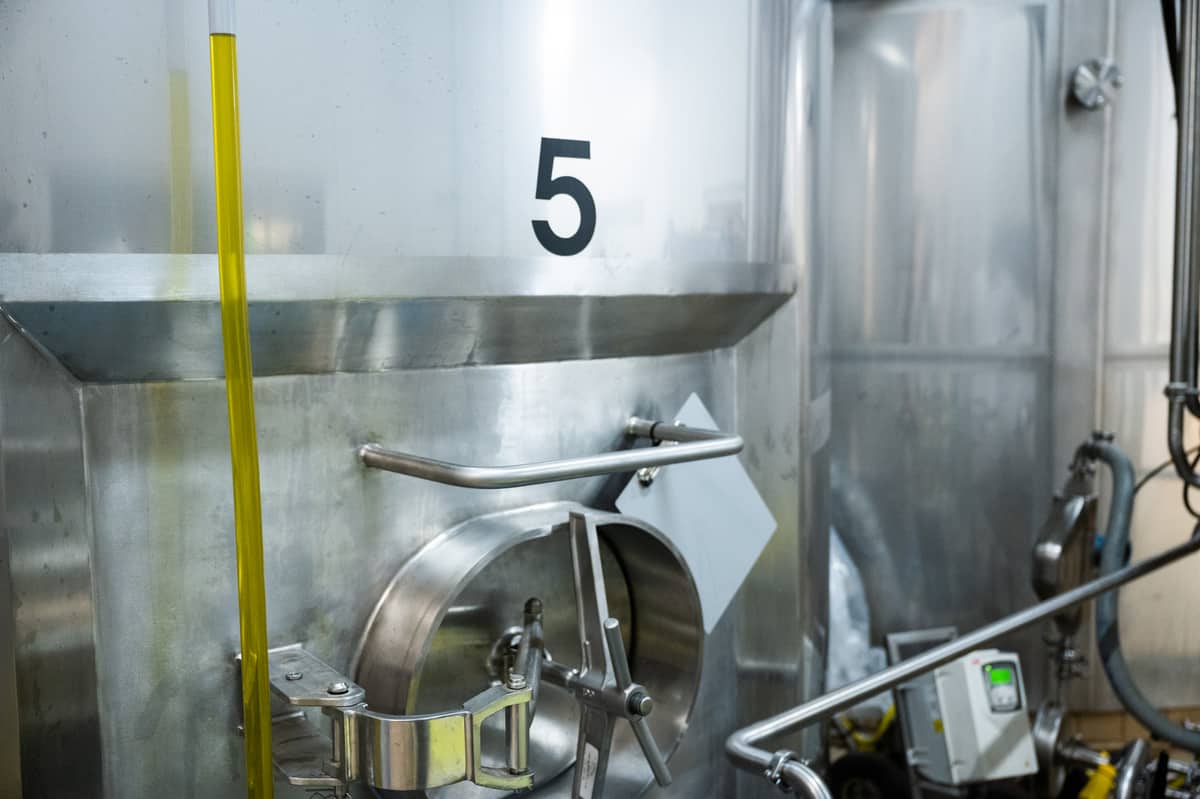
Thanks for the great informative article!